Brown stems and tarnished buds
true_blue
9 years ago
Related Stories

COLOR10 Color Combos You Never Thought Would Work
Orange and blue? Purple and green? Yes and yes. Unlikely pairings can look great if you do them right
Full Story
CONTAINER GARDENS7 Deer-Resistant Flowers for Your Summer Containers
Grow these as protection for edibles or just for their colorful beauty — deer might not like them, but everyone else will
Full Story
PLANTING IDEASGreat Garden Combo: Rose + Clematis for Small-Space Impact
We all need somebody to lean on. And when a rose supports a climbing vine, the results can totally transform a small garden
Full Story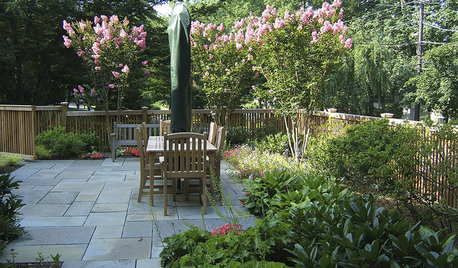
GARDENING GUIDESGreat Design Plant: Crape Myrtle
With long-lasting blooms and gorgeous exfoliating bark, this ornamental tree brings bright color and a unique form to the landscape
Full Story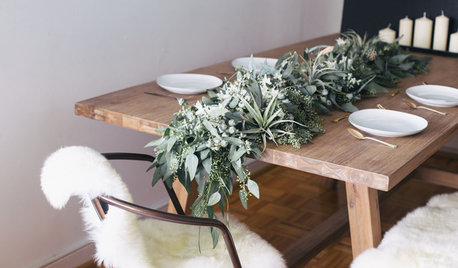
DIY PROJECTSDIY: Freshen Up for the New Year With a Eucalyptus Table Garland
Eucalyptus leaves, white blossoms and air plants combine in a gorgeous, long-lasting arrangement for your table or buffet
Full Story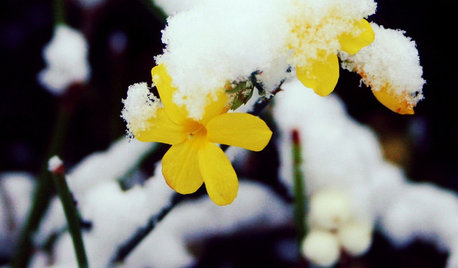
YELLOW FLOWERSGreat Design Plant: Winter Jasmine Gladdens Snowy Gardens
Sunny yellow flowers defy the frost, bringing cheer to the garden on gray days
Full Story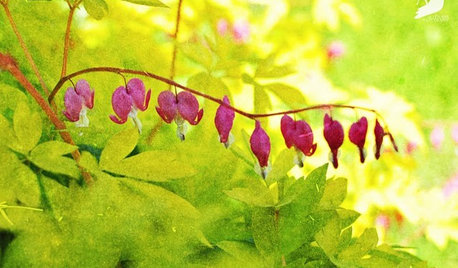
GARDENING AND LANDSCAPINGGarden Musts for April
There's plenty to do in your garden this month without mucking around in the mud. Think seeds and let the rain do its work
Full Story
EDIBLE GARDENSHow to Grow Your Own Luscious Cherries
Nope, they’re not the easiest fruit to grow. But with spectacular blossoms and pies as possibilities, cherries are sure worth a try
Full Story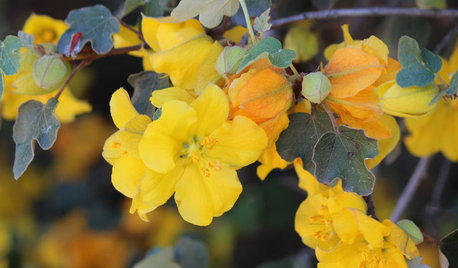
CALIFORNIA GARDENINGCalifornia Gardener's May Checklist
Only one major chore but a plethora of planting possibilities means a delightful month in California gardens
Full Story
WINTER GARDENINGPruning Secrets for Exquisite Roses
Encourage gorgeous blooms year after year with this time-tested advice on how to prune your rosebush in winter for health and shape
Full Story






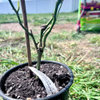


true_blueOriginal Author
dublinbay z6 (KS)
Related Professionals
Salem Landscape Architects & Landscape Designers · Aurora Landscape Contractors · Anderson Landscape Contractors · Arlington Landscape Contractors · Burien Landscape Contractors · Columbine Landscape Contractors · Euclid Landscape Contractors · Fuquay-Varina Landscape Contractors · Gallatin Landscape Contractors · Palos Verdes Estates Landscape Contractors · Plainview Landscape Contractors · View Park-Windsor Hills Landscape Contractors · West Allis Landscape Contractors · Westchester Landscape Contractors · Goldenrod Landscape Contractorsthe_morden_man
the_morden_man
true_blueOriginal Author
true_blueOriginal Author
roseseek
true_blueOriginal Author
roseseek
true_blueOriginal Author
roseseek
true_blueOriginal Author
true_blueOriginal Author
true_blueOriginal Author
roseseek
dublinbay z6 (KS)
true_blueOriginal Author